ABS: EVOLUTION OF THE SPECIES!
The year is 2023. Technology is enriching every part of our lives – from streaming content, to the way we work and communicate, to the motorcycles we ride. And modern adventure bikes come bristling with it. Take the Multistrada V4 range from Ducati, who’s tech is arguably at the forefront of the pack. And for good reason; it’s there to keep us rubber-side down, to help us make gains in every aspect of our riding and to get us home safely.
The latest iterations of ABS, including the brilliant evolution that is “Cornering ABS”, has become a real game-changer. And yet, many still claim these ‘intrusions’ or ‘interventions’ into the pure interface of human and machine are unnecessary. It’s a topic guaranteed to trigger heated debate around the campfire – almost always featuring the “I’m an experienced rider, so I don’t need tech” crew, and the “It’s just more stuff to break down” riders, along with the “It just makes you lazy” crowd.
That first group do have some reason to whinge as ABS hasn’t been a hit from day one. When it came to early ABS tech, an experienced rider – skilled in applying the maximum amount of brake pressure you can use before your tyres lock up – would out-brake ABS most of the time.
It’s taken more than a few years for the tech to mature, and it’s here we have to say: if your last ABS-equipped bike was 10 or more years old, you’re simply not up with the times and how damn far this tech has progressed!
LET’S WIND BACK THE CLOCK A LITTLE…
ABS has been around for longer than you might think. Since 1929, to be exact, when it was used in planes to help them pull up upon landing. It took a little while until the first motorcycle was fitted with this new-fangled tech, and that was back in 1958, when a Royal Enfield was used in lab tests. Yep, built like a gun, with ABS…
And while mechanical ABS was first used in the incredible all-wheel-drive, front-engined Ferguson P99 Formula One car, it wasn’t until Chrysler introduced it to a production car. Their new system – “the first computer-operated, anti-skid braking system to be offered on an American car” – was offered as an option on their 1971 Imperial. Roll on 1988 and the BMW K100 became the world’s first motorcycle available with anti-lock brakes as an option – a ‘tiny’ 10+ kilogram chunk of hardware bolted onto the swingarm that was larger than a standard battery, prone to being grabby, and actually increased braking distance! This plus the pulsing through the lever was enough to give more than a few riders a tightening of the sphincter. And as a result, the system was mocked by many, for many a year.
Back then, the development focus was on making the hardware smaller, lighter and able to respond quicker. Eventually, sensors evolved and were stuck everywhere. Front and rear wheel speed, suspension stroke, brake pressure and (with the advent of ride-by-wire throttles) fuelling systems were soon all being monitored.
Roll on 2009, when Bosch developed an ABS unit specifically for motorcycles – not one that was simply retro-fitted from the car world – and it’s here we really started to see some huge advances in the way the system coped with real-world scenarios. And far from just marketing hype, our own Monash University, back in 2015, published a report finding that in Australia, motorbikes (larger than 125cc) fitted with ABS resulted in a 33% reduction of all injuries in sensitive crash types and a 39% reduction in severe injuries in these crashes. So, it was tech worth its weight in gold.
HOW DOES THE MAGIC HAPPEN?
Most anti-lock braking systems are computer-controlled, electrohydromechanical hydraulic systems that are typically magnetically triggered. As the magnetic reluctor teeth pass the sensor, the normal rhythm of wheel motion indicates normal operation. It’s when the reluctor speed across the sensor changes dramatically (when your wheels slow down or stop) that the ABS will step in. When the ABS pulses, it pumps hydraulic pressure to the brakes in rapid-fire succession, up to 15 times a second, depending on the system. This produces that on/off intermittent braking, meaning less chance of locking up and keeping some semblance of steering control. Of course, the faster you’re going means the system has more data to analyse (thanks to more passes of the sensor), which means you really do need to start trusting in our mechanical overlords.
“The goal of lean-angle-sensitive ABS is to brake as quickly as possible without dramatically changing your direction.”

STOPPING, HERE & NOW (& MID-CORNER)
Come 2023, the leaders in moto tech has to be Ducati. With championship titles in MotoGP and WSBK, plus a burgeoning off-road effort, the Paginale Borgo crew have invested heavily in tech and it’s paid off in a huge way both on the racetrack and for us punters on and off the road. Introducing innovative tech isn’t new for Ducati. The Italian brand’s 2004 ST4 S tourer was the first Ducati to have ABS and, from then on, braking systems took a new direction, with increasingly precise sensors, electronics and algorithms that all contribute to that small miracle of allowing you to stop in the shortest possible distance and in the shortest possible time, without the wheels locking up or you dropping your pride and joy.
Behind much of this electronic rider aid development is that German name again, Bosch, who has moto ABS research dating back to 1984. Their latest evolution is its integrated Motorcycle Stability Control system, as used on the Multistrada V4 platform. The all-in-one system combines lean-angle-dependent brake control with electronically linked brakes to provide optimum stopping performance in any scenario.
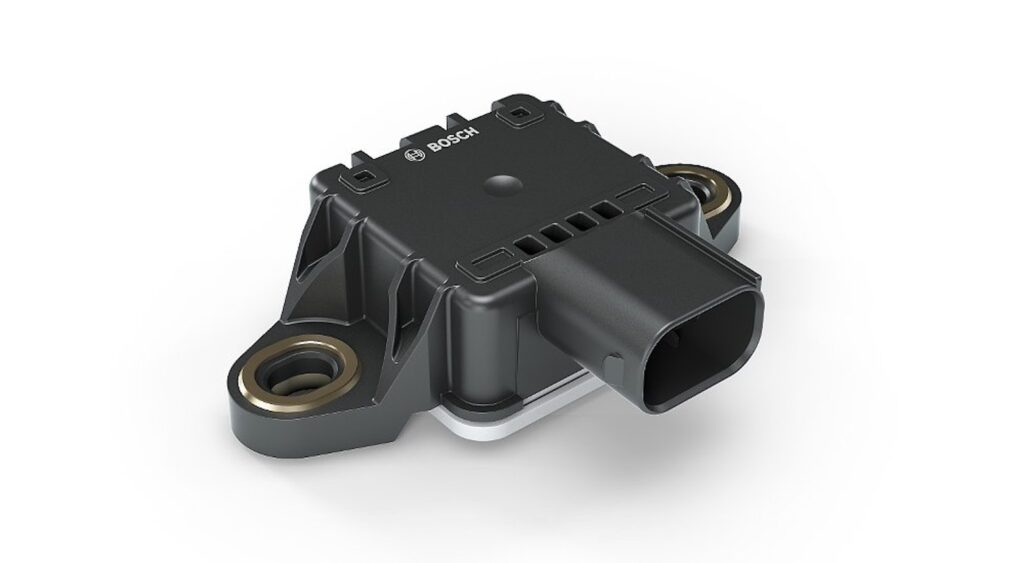
“Riding with this new generation of IMU is best when you change your riding style to suit. Trust the computer.”
Cornering ABS is realised by way of the Inertial Measurement Unit (IMU), which measures roll and yaw rates, lateral, longitudinal, and vertical acceleration rates, and – with the help of the onboard computer, wheel-speed sensors and other motorcycle-specific parameters – calculates lean and pitch angles identifying the bike’s exact position in space. All of which measured at 100 times per second! These measurements contribute to all the tech involved such as traction control, launch control, wheelie control, hill-hold start and accident detection. When combined with another technology such as ABS, the outcome is C-ABS, which is the most revolutionary solution to be applied to a motorcycle since the invention of the bike itself! Having ridden the Multi V4S with all its tech wizardry, that lean-sensitive braking and traction control is nothing short of a life saver.
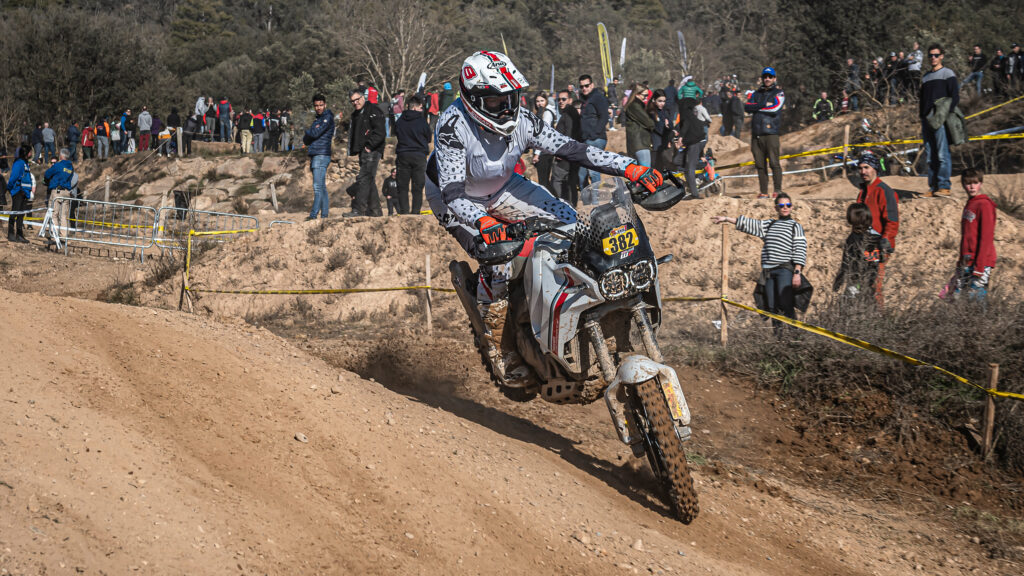
Of course, the Multistrada platform has been pushing into off-road territory, which opened the door for the DesertX – a bike that brings a whole new suite of algorithms to deal with dirt. And thanks to the advanced IMU’s onboard, real-world data and scenarios are part and parcel of the off-road modes available on these bikes, making them incredibly capable wherever you take them. And all at the push of a button.
On the road or trail, using ABS is very simple once activated: grab a handful of front brake, don’t pump the lever, just apply constant pressure, let the computer modulate as much braking power as is available to the motorcycle at any point. The result is that anyone (bar the most experienced of riders) gets a ludicrous amount of grip and braking power, even in the wet, even on slippery roads, and even mid-corner on dirt. And all this without sitting you up and sending you into oncoming traffic or trees. I reckon I’m half content with our computerised overlords taking charge over me in those situations…

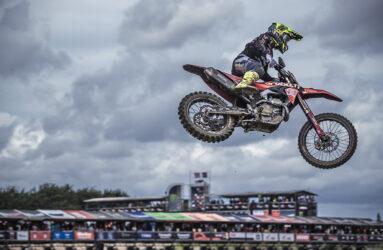

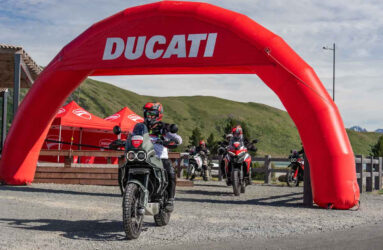
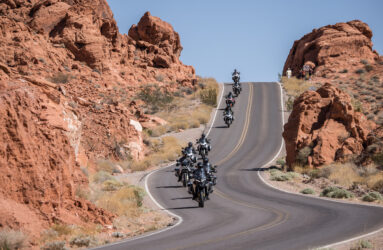
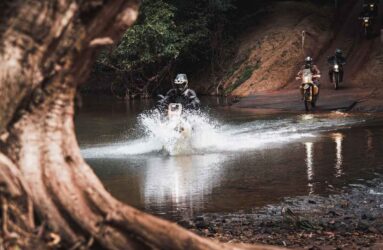
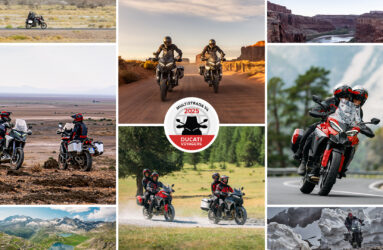
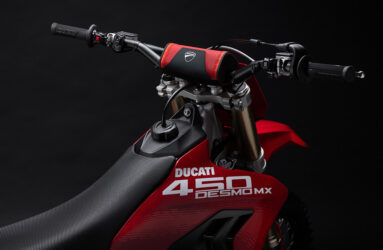
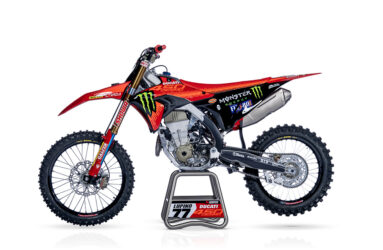
Be the first to comment...